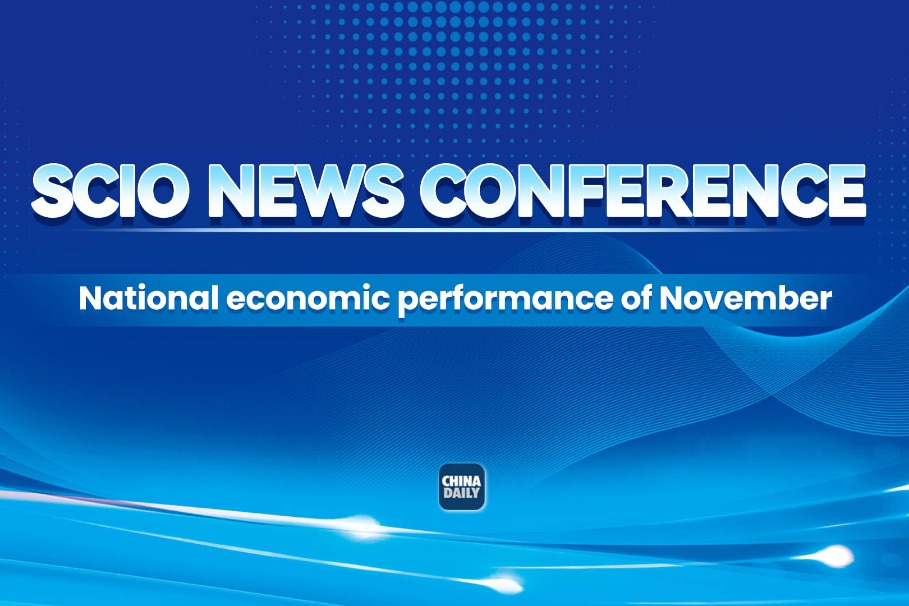Competition, debt taking toll on New York City taxi drivers
By ZHANG RUINAN in New York | China Daily Global | Updated: 2019-06-06 23:48

In the past year and a half, eight professional drivers in New York City, including three taxi-medallion owners, took their own lives as the value of taxi medallions has plummeted during the rise of ride-share services such as Uber and Lyft.
"We've been sounding the alarm on the crisis of suicides, foreclosures and bankruptcies among our city's professional drivers for years," said Bhairavi Desai, founder of the Taxi Workers Alliance, which represents drivers and independent owners.
"The rich got richer, and the city raked in profit while working-class immigrant drivers of color were swindled and pushed into financial despair," Desai said in a recent statement.
Right now, there are more than 80,000 drivers working for the four largest non-taxi providers in the city — Uber, Lyft, Gett/Juno and Via — compared with the 13,587 licensed medallion cabs, according to the city's data.
There were 206,540 licensed drivers in 2018, nearly double the number when Uber arrived in New York City in 2011.
"Yellow cab revenue appears to have decreased 36 percent since since Uber entered New York in 2011," taxi industry expert Charles Komanoff told China Daily.
"If you look at everything that's changed … the biggest change … is that Uber and other ride-share companies have taken away the business," Komanoff said. "There are now half as many trips in yellow cabs since there were at the beginning of the decade."
Yellow cabs were making 445,000 trips per day in July 2013, and five years later, they were doing just under 300,000, while Uber and Lyft combined for some 490,000, city data shows.
As the competition from ride-share companies has shattered New York's yellow taxi business, 950 taxi drivers have filed for bankruptcy since 2016.
Taxi medallions were created by the city in 1937 to regulate traffic as unlicensed cabs crowded city streets. About 12,000 specialized tin plates were designed to regulate the taxi industry and made it illegal to operate without one bolted to the hood of the car. Each medallion was sold for $10 back then.
After years of stable growth, medallion prices soared from $200,000 in 2002 to more than $1 million in 2014. And during that period, about 4,000 people signed loans to buy taxi medallions.
Drivers borrowed up to $1 million, often without a down payment, according to financial documents. Many were required to repay their loans within three years, which was practically impossible, forcing them to extend the terms of their loans at inflated interest rates, The New York Times reported.
It says hundreds of drivers signed interest-only loans requiring them to forfeit legal rights and indefinitely give up almost every dollar they earned.
Following the Times report, New York City Mayor Bill de Blasio ordered a 45-day review of predatory practices in the city's taxi business.
"The review will set down strict new rules that prevent broker practices that hurt drivers," the mayor said on May 20. "It's unacceptable to prey on hard-working New Yorkers trying to support their families, and we'll do all that we can to put an end to it."
The city also has put in place some regulations recently to curb the impact that Uber and Lyft have had on the city's streets and the yellow cab industry.
Last summer, the city froze the number of for-hire vehicles permitted in the city. Uber is suing over that cap.
At the same time, New York is planning to become the first city in the US to adopt congestion-pricing on vehicles that enter its busiest streets.
Under the plan, vehicles traveling in Manhattan from 60th Street to Battery Park downtown will be charged once per day through electronic tolling devices installed at points of entry to the zone.
A first step toward congestion-pricing went into effect in February, with a $2.50 charge for taxis and $2.75 for ride-hailing services such as Uber and Lyft traveling in Manhattan south of 96th Street.
Taxi drivers, however, who have been trapped in debt, were hoping to be exempted from congestion-pricing.
"While we fight for loan-restructuring and debt-forgiveness for owner-drivers locked into predatory medallion mortgages, yellow and green taxi drivers need immediate relief from the $2.50 congestion surcharge in effect since February 2019, as well as from any future surcharge imposed on yellow and green cabs traveling 60th Street and below as part of comprehensive congestion-pricing set to go into effect in 2021," Desai said.
"Regulated yellow taxis did not create the gridlock on our streets today. The unchecked proliferation of Uber and Lyft has choked our streets and siphoned off public transit riders, worsening the MTA budget shortfall," she said.
"Instead of holding private capital accountable, the surcharge punishes a workforce facing an economic crisis that has pushed nine of our brothers to suicide," Desai added.
In response to the spate of for-hire driver suicides across the city, a new "driver wellness" program offering free counseling was launched by the Independent Drivers Guild, with support from the Black Car Fund last month. The fund is a non-profit organization created by New York state to protect New York's for-hire drivers and their passengers.
"Too many drivers across our city are in crisis — with nine suicides that we know of in a little over a year. We are launching this program to provide drivers with much needed support and to save lives," said Brendan Sexton, the executive director of the Independent Drivers Guild.
"At its core, this crisis is largely driven by the economic insecurity of the for-hire vehicle industry. At the same time, as we stand up for fair pay for drivers and remedy the exploitation in this industry, we also must give drivers and their families much-needed resources and support," Sexton said.























